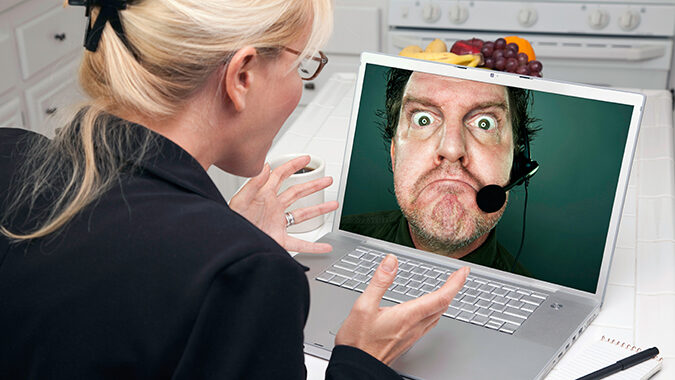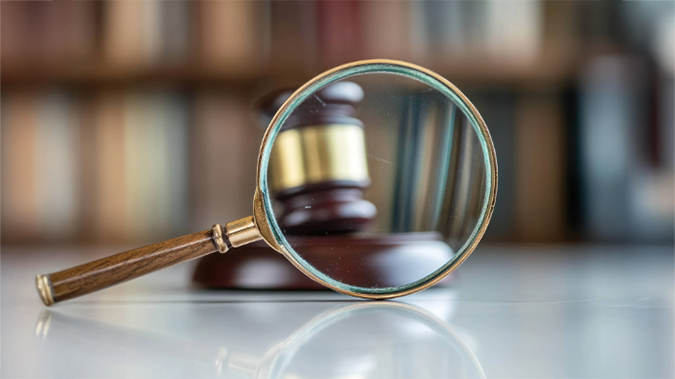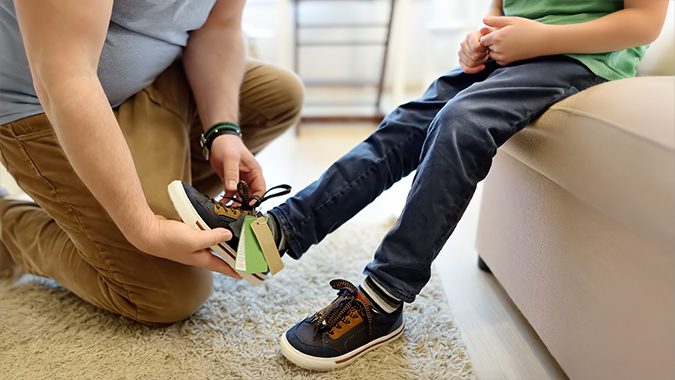A new survey shows Americans are experiencing more product and service problems than ever before and have become steadily more belligerent when they complain.
The National Customer Rage Survey estimates U.S. businesses are risking $887 billion in future revenue due to mediocre handling of customers’ complaints, up from $494 billion in 2020.
The survey, which has been tracking consumer satisfaction over the complaint-handling process since 2003, broke new ground this year by also exploring customer uncivility, the growing phenomenon of rude, discourteous, and sometimes violent customer behavior.
Findings include:
- 74% of customers reported experiencing a product or service problem in the past year, more than doubling since 1976.
- 56% of customers felt that the problem had wasted their time, 43% cited a loss of money (an average loss of $1,261), and 31% suffered emotional distress.
- The level of "customer rage" is holding steady — 63%.
- 43% of customers raised their voice to show displeasure, an increase from 35% in 2015.
- 50% of customers use digital channels such as email, chat, and social media instead of the telephone to complain, up from 5% in 2013. In addition to complaining directly to the company, 32% also posted their problem on social media sites, more than twice as many as did in 2020.
- Nearly 1 in 5 Americans (17%) have personally behaved uncivilly during the past year.
- The social contract about the norms for individually protesting businesses' belief systems and values appears to be in flux. Americans disagree with "civil" and "uncivil" behaviors for expressing their value differences with a business. While 50% of Americans view less aggressive forms of behavior (such as yelling, ranting, arguing, giving ultimatums, and social media character assassination) as uncivil, the remaining 50% see these behaviors as either "civil" or as "depends on the circumstances."
This independent study of 1,000 respondents was conducted by Customer Care Measurement & Consulting (CCMC) in collaboration with the Center for Services Leadership, a research center within the W. P. Carey School of Business at Arizona State University. It is based on a survey conducted initially by the customer experience organization TARP for the White House in 1976. CCMC and the Center for Services Leadership have collaborated on the survey since 2003.
"Even after 20 years of intensively researching customer rage, I remain astonished that — when sorting out ordinary product and service problems — acts of simple kindness and a sense of kinship are, all too often, in short supply. The incidence and public displays of customers and companies misbehaving are commonplace, on the increase, and can be downright scary," said CCMC President and CEO Scott M. Broetzmann.
"Perhaps of growing concern now is that customer hostility appears to be mutating like a virus. The expressions of malice and aggression triggered by differences in the value systems of companies and customers — so-called customer uncivility — only fuel the fire," he said.
Thomas Hollmann, executive director of the Center for Services Leadership at ASU's W.P. Carey School of Business, said "defusing customer rage is not rocket science.”
“Although many customers are looking for repairs or refunds, they're also hoping for a sincere apology and acknowledgment of their complaints," Hollmann said. "These no-cost actions show that the company cares, is listening to the customer, and values them. It's up to brands to communicate as humans with their customers. A sincere, 'I'm sorry this happened,' can turn a potential blowup into a lifelong customer."




